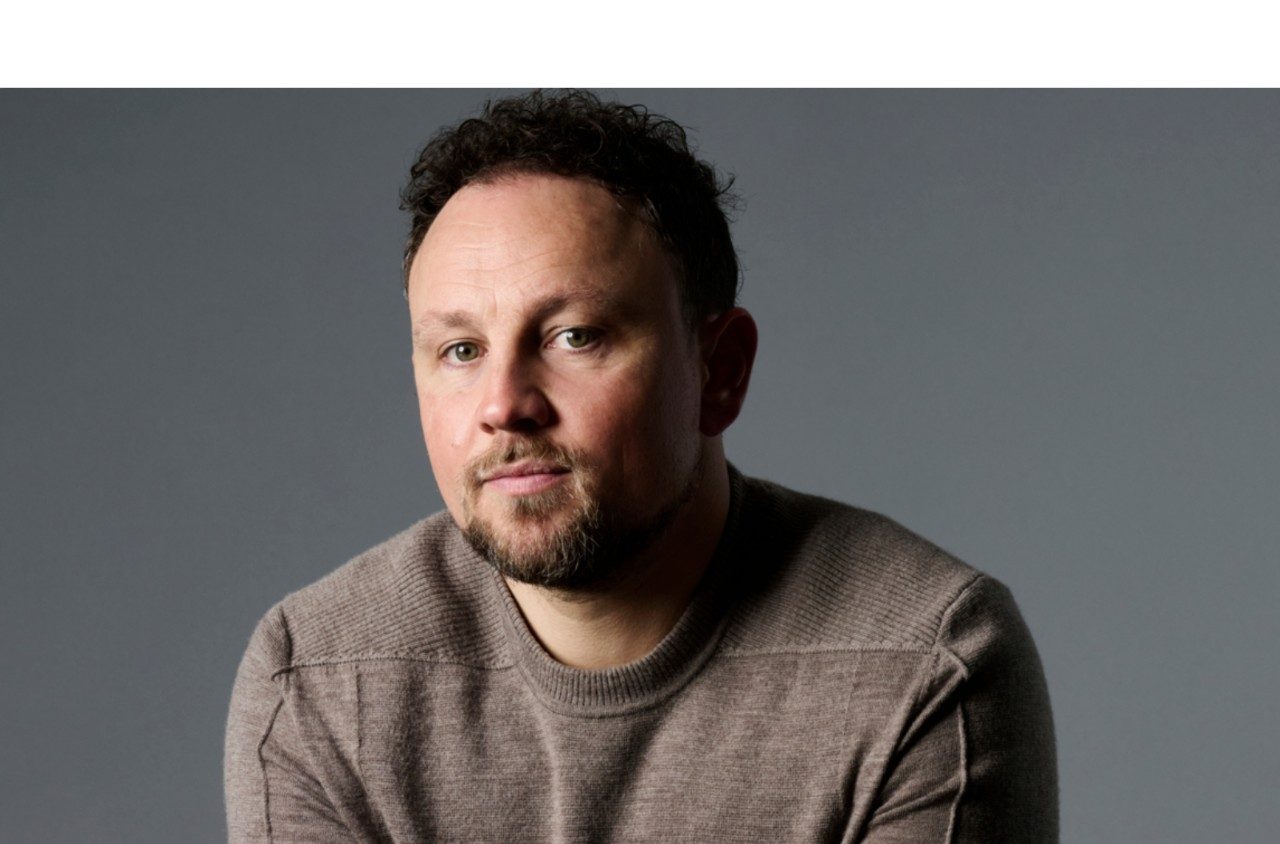This Brand-new Technology is Altering How Sports Head Injuries Are Assessed

A game-changing technology is altering how on-field head knocks are assessed. Co-founder Michael Vegar explains.
Fact file
Co-founders: Michael Vegar, 38, Lucas Lang, 41
Investors: Multiple, including former NRL player Adam MacDougall’s Harmil Angel Investments
First customer: AFL, 2020
Headquarters: South Melbourne
Staff: 32
What’s your elevator pitch?
“HITIQ is an impact-detecting mouthguard that records objective data about the magnitude and frequency of head impacts while playing sport, to aid concussion management. It’s not a medical device and it doesn’t diagnose concussion but the data shows ‘that was a significant impact, you should take a closer look’. It’s a surveillance tool that lets you capture potentially risky events, where traditionally you may not even know that they’ve happened.”
What’s the problem you’re trying to solve?
“Many concussions go undetected because observational methodologies simply don’t work. A really small proportion of concussions result in unconsciousness so 90 per cent of the time, players who are concussed are up and running around and still participating. Our technology is the eyes in the field and we bring that information to the sideline in the form of data and alerts.”
How does it work?
“It’s a functional mouthguard with a layer of smarts embedded. Using high-resolution motion sensors – a gyroscope and an accelerometer – we sample up to 15,000 data points per second, which can be sent in near real-time to the sideline via Bluetooth. A parent with the app on their phone or a doctor with an iPad can receive alerts about dangerous head impacts, whether or not an incident has been in their line of sight. Our analytics platform uses AI to identify the probabilities of someone having a concussion based on the particular impact. Currently, each HITIQ mouthguard is a custom-made device.”
How did you get it off the ground?
“I have a Master of Exercise Science and was working for the Australian Institute of Sport with the national men’s hockey team, the Kookaburras. My co-founder, Lucas Lang, is a dental prosthetist. We combined our expertise and started experimenting in about 2016. It’s been an arduous R&D process to build the technology and validate it by partnering with many researchers and institutions in Australia and overseas. It’s the intersection of different disciplines, including biomechanics and neuroscience. We now have a large presence with customers across a range of contact sports globally, such as American college football.”
How did you convince investors?
“In the early days we were trying to solve a problem that many people wanted to shy away from. But the sentiment has definitely changed in the past few years because of growing awareness about concussion, with research and anecdotal evidence from players who are having post-career mental health and functional issues. In terms of investors, it starts with the vision and you sell that dream. Most people say no, some people say yes – it’s a numbers game. You build momentum and put that capital to work by executing the vision until more people take notice. We started with family, friends and colleagues and now, later in the journey, the type of investor is much more sophisticated – that’s where we’re at.”
What’s next?
“We’ve started a small-scale rollout to a multitude of amateur sports, primarily in Victoria, and our focus is on a large-scale rollout in 2025. We’re using AI to more definitively identify probabilities of risk based on the impact. You need a significant volume of quality data to underpin the AI and we’ve invested a lot in data collection over the years to get to this phase of the business and develop a predictive system. We see a world where this tech will ultimately be mandated across all sports.”

Start planning now
SEE ALSO: How This AI Start-up Uses ‘Dragonfly Thinking’ to Help You Make Smarter Decisions
Image credit: Stef King


